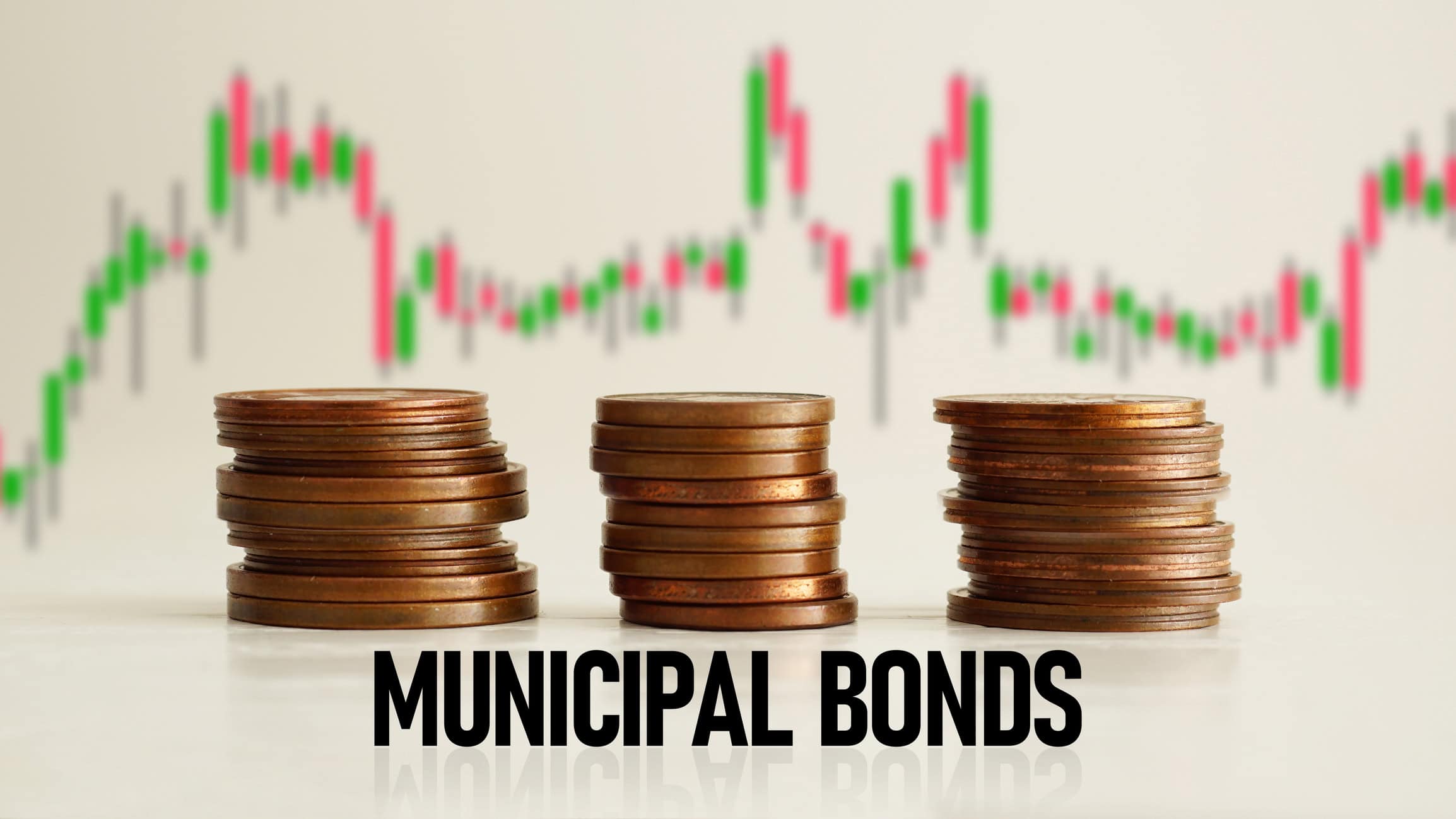
Understanding How Changing Bond Returns Affect Investors
In today’s evolving financial landscape, understanding how bond returns are changing is crucial for investors. Factors like interest rate fluctuations, yield curve shifts, and the variety of bond types all impact bond performance. This dynamic environment presents both challenges and opportunities for those seeking to optimize their portfolios. At Hennion & Walsh, our goal is to equip you with insights and strategies to navigate these changes effectively.
The Impact of Interest Rates on Bond Returns
Interest rates play a pivotal role in shaping bond returns. When interest rates rise, bond prices typically fall because new bonds are issued at higher rates, making existing bonds with lower yields less attractive. Investors may sell older bonds, driving prices down. Conversely, when rates decrease, existing bonds become more valuable due to their higher fixed interest payments, increasing demand and prices.
This creates an inverse relationship between interest rates and bond prices. As rates climb, yields on new bonds increase, but the value of existing bonds drops. Historical trends, such as the Federal Reserve’s actions in the late 1970s and early 1980s or the low rates after the 2008 crisis, highlight how interest rate changes can significantly impact bond returns. Understanding these trends helps investors assess the current market and strategize accordingly.
Navigating a Changing Yield Curve
The yield curve illustrates the relationship between interest rates and bond maturities, serving as a benchmark for setting rates on various debt instruments. A steep yield curve often signals confidence in future economic growth, while a flat or inverted curve can indicate uncertainty or recession.
- A normal yield curve slopes upward, with longer-term bonds offering higher yields.
- An inverted yield curve occurs when short-term yields exceed long-term yields, often seen as a recession warning.
- A flat yield curve suggests little difference between short- and long-term rates, reflecting market uncertainty.
Shifts in the yield curve can signal changing economic conditions. For example, a steepening curve may indicate expectations of growth and inflation, while a flattening or inversion could mean investors are seeking safety. Monitoring the yield curve helps investors make informed decisions as bond returns change with market conditions.
Bond Types and Their Response to Market Changes
Different types of bonds respond uniquely to market changes:
- Government bonds are typically the safest and less volatile, influenced mainly by central bank policies and economic conditions.
- Municipal bonds may offer tax advantages but are affected by local fiscal health and tax law changes.
- Corporate bonds can provide higher yields but carry more risk, depending on the issuer’s financial health.
Bond maturity also matters. Short-term bonds are less sensitive to interest rate changes, while long-term bonds are more susceptible to price declines when rates rise. This is why bond prices fall when interest rates increase.
When selecting bonds, consider your risk tolerance, economic indicators, and interest rate trends. Diversifying across bond types and maturities can help manage risks and maximize returns in an unpredictable environment.
Strategies for Managing Bond Investments
As bond returns change, investors must adapt their strategies. Diversification is key—spreading investments across government, municipal, and corporate bonds helps mitigate interest rate risk. Including bonds with various maturities further enhances this approach.
Duration and credit quality are also critical. Duration measures a bond’s sensitivity to interest rate changes; managing duration helps minimize risk. Higher credit quality bonds are safer but offer lower yields, while lower-rated bonds provide higher yields at greater risk. Balancing these factors can optimize returns while managing risk.
Tactical asset allocation—actively adjusting your bond portfolio based on market conditions—can also be effective. For example, if rates are expected to rise, shifting to shorter-duration or higher-quality bonds can help preserve capital.
Frequently Asked Questions About Bond Returns
Many investors wonder if all bonds react the same way to interest rate changes. In reality, the impact varies by bond type and duration. Long-term bonds are more volatile than short-term bonds when rates move.
Interpreting bond market signals is crucial. Pay attention to yield curves and credit spreads for insights into economic expectations. A steep yield curve may indicate growth, while an inverted curve could signal recession.
For further learning, resources like FINRA and the SEC offer educational tools on bonds. Hennion & Walsh also provides articles and guidance to help you understand the changing landscape of bond returns.
Explore More on Bond Investment Strategies
As bond returns evolve, staying informed about the latest strategies is essential. At Hennion & Walsh, we offer a wealth of educational resources to help you make informed investment decisions. Our articles cover topics like interest rate trends, inflation, and credit risk, empowering you to navigate the bond market with confidence.
We also provide a range of bond investment products and services tailored to your financial goals. Whether you seek income, diversification, or capital preservation, our experienced team is here to guide you. Explore our resources, discover our investment offerings, and stay ahead in the dynamic world of bond investing. Together, we can help you navigate changing bond returns and achieve your financial objectives.
Disclosures:
This commentary is not a recommendation to buy or sell a specific security. The content is not intended to be legal, tax or financial advice. Please consult a legal, tax or financial professional for information specific to your individual situation. Investing involves risk including possible loss of principal. Past performance is no guarantee of future results. Diversification does not guarantee a profit or protect against loss.



